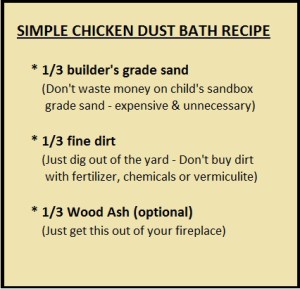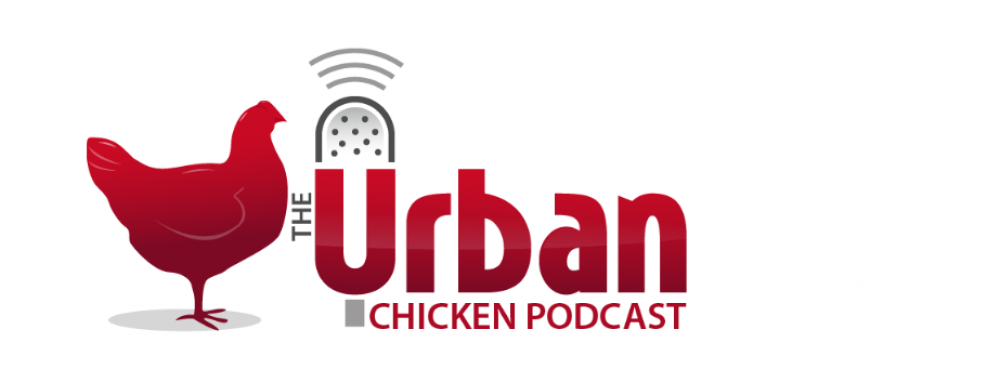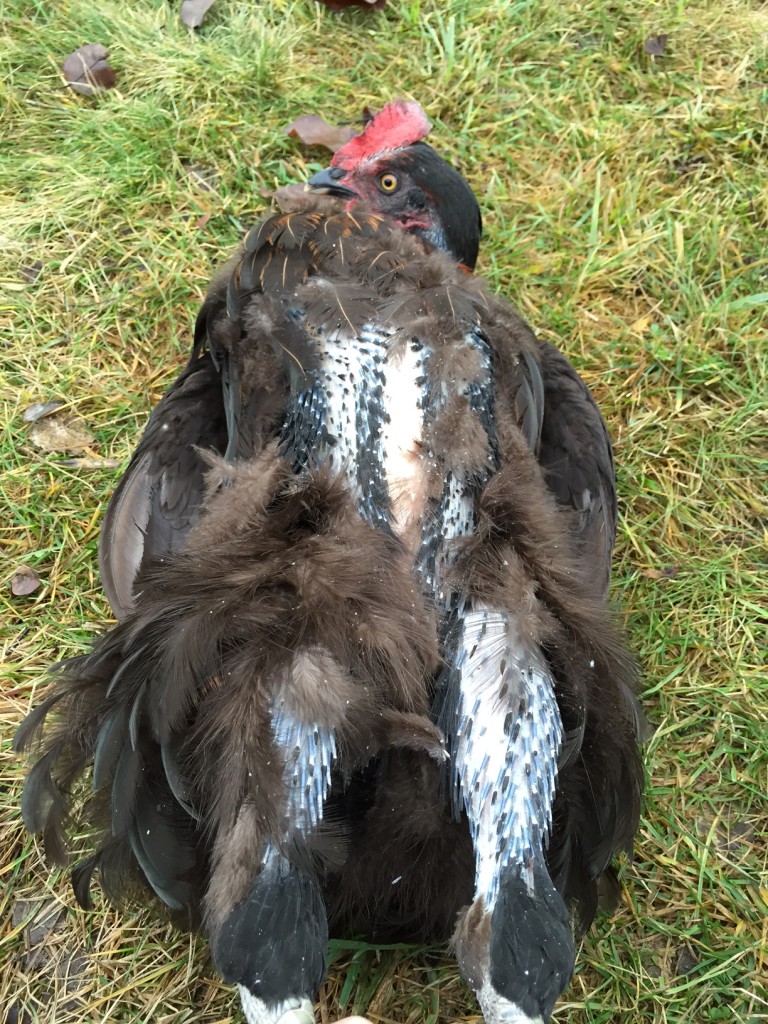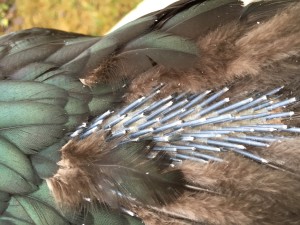Backyard chickens molt every year to replace broken, frayed and old feathers. Though conventionally, chickens molt in late summer/early fall, a bird can molt anytime of year that suits. Molting is both a physically and emotionally stressful time for the bird.
Meredith Chilson, a veteran chicken keeper with over forty years of experience and knowledge joins me on the Urban Chicken Podcast this week to discuss feather molting in chickens. Meredith also shares some practical tips on how to make the molting process a little easier for you flock.
Molting is a necessary annual process for all birds – including chickens. Chickens typically lose their feathers to molting when the summer weather begins to turn cooler and the daylight hours shorten. Though autumn is the most common time of year for chickens to molt, this physical transformation can occur at anytime during the year.
There are two types of molts – hard and soft. A ‘soft molt’ is when the bird loses and regrows new feathers in such a subtle manner that the process is often overlooked by the flock master. Under a ‘hard molt’ contrarily, the chicken will dramatically lose its feathers quickly, thus giving the bird a “semi-nude” look.
Though most chicken reference sources state that the molting process takes between 6 to 9 weeks to complete, not all chickens molt within the standard time frames. Two of my hens, Frida and Beatrix, both shed the under feathers of their chest and leg areas in late spring. However, these two silly hens will not replace their lost feathers all summer or fall. Rather they renew their plumage in the dead of wintertime (usually just before Christmas.) Soft molts generally take more time to complete than hard molts. Perhaps the utter bareness of a hard molt trigger the chicken’s body to more quickly replace the missing feathers.
Aside from replacing worn out plumage, the molting process is very important for the health of a chicken as well. During a molt hens usually stop laying eggs. Their bodies divert use of proteins and calcium from egg-production to feather growth. There simply is not sufficient nutrient levels to support both egg-laying and feather-making simultaneously. The break from daily egg-laying is important for a hen’s reproductive system. Egg-laying is taxing on the body and the annual respite is importantly restorative to the hen’s reproductive system.
Meredith Chilson’s lifelong, hands-on experience raising chicken began when she was a child helping her mother with the family’s flock of 500 White Leghorn hens. Meredith’s mother kept this sizeable flock as a cottage industry selling the eggs for additional family income. Meredith continued to raise chickens of her own (though not in such quantities and in various breeds, except Leghorns) as an adult. Today she has a backyard flock of 27 chickens. Over her 40+ years of chicken keeping, Meredith has seen innumerable examples of chickens’ annual molting.
 Meredith suggests two tips to help chicken keepers assist their flocks through molting. Her first suggestion is to provide your birds with access to a good dust bath. Dust bathing is a useful molting tool to help chickens dislodge the feathers which are being shed during their molt. Additionally, a good dust bath also provides molting chickens with an effective way to help relieve itchiness caused by molting and remove the waxy coating covering all new pin feathers.
Meredith suggests two tips to help chicken keepers assist their flocks through molting. Her first suggestion is to provide your birds with access to a good dust bath. Dust bathing is a useful molting tool to help chickens dislodge the feathers which are being shed during their molt. Additionally, a good dust bath also provides molting chickens with an effective way to help relieve itchiness caused by molting and remove the waxy coating covering all new pin feathers.
A dust bath does not have to be complicated to construct. Simple provide some container which your birds can easily access and fill it with an appropriate dust bathing medium. Typically, dust baths contain either dirt, sand or wood ash or (ideally) a combination of all three. You can consider adding food grade diatomaceous earth as well to your dust bath. Though diatomaceous earth can be a helpful dust bathing ingredient for lice and mite control, it is not particularly useful or necessary to dust bathing for molting relief.
Another useful tip that Meredith shares to help ease your chickens through their yearly molt is to increase the flock’s protein intake. Providing protein-rich treats such as Happy Hen Treats Mealworm Frenzy can be beneficial to molting birds. Molting birds need lots of protein in their diets to help replace lost feather. Switching molting chickens from a layer’s feed blend to a meat bird feed blend is also an effective way to increase protein consumption. Meat bird feed blends are usually 20-25% protein-rich in comparison to layer feed blends which are usually around 15% protein.
One final suggestion when dealing with a molting bird – handle them with care. Pin feathers are very sensitive and if broken will bleed profusely. Minimize your physical handing of a molting bird to reduce their discomfort.
CHICKEN NEWS:
- Backyard Poultry Magazine – “Springtime Molting” – by Jen Pitino ARTICLE
MAIN SEGMENT:
- Meredith Chilson – Community Chickens PROFILE
- Meredith Chilson’s business Green Circle Grove WEBSITE
- Etsy – Green Circle Grove’s Etsy Store LINK
- Facebook – Green Circle Grove on Facebook PAGE
- A Flair for the Old West – Chilson’s Sponge Cake Recipe LINK
- 1840 Farm – Day at Beach with Chilson (remember to take time to relax) POST
- Community Chickens – Why Do You Raise Chickens? by Chilson ARTICLE
- Community Chickens – Spring Chicks? Try Black-Copper Marans ARTICLE
- Community Chickens – Rescuing Chickens by Chilson ARTICLE
- Community Chickens – Battling “Coop Fever” in Flock by Chilson ARTICLE
- Community Chickens – Spring Clean Your Chicken! by Chilson ARTICLE
- Community Chickens – Egg 101 by Meredith Chilson ARTICLE
- Community Chickens – Good Roosters Gone Bad by Chilson ARTICLE
SALLY’S SIDENOTES:
- Support the Urban Chicken Podcast by shopping Amazon starting here: Amazon
- If Amazon is not your thing – you could also support the show HERE
Podcast: Play in new window | Download | Embed
Subscribe: Apple Podcasts | RSS


